Why LED Lights Flicker: Causes and Solutions
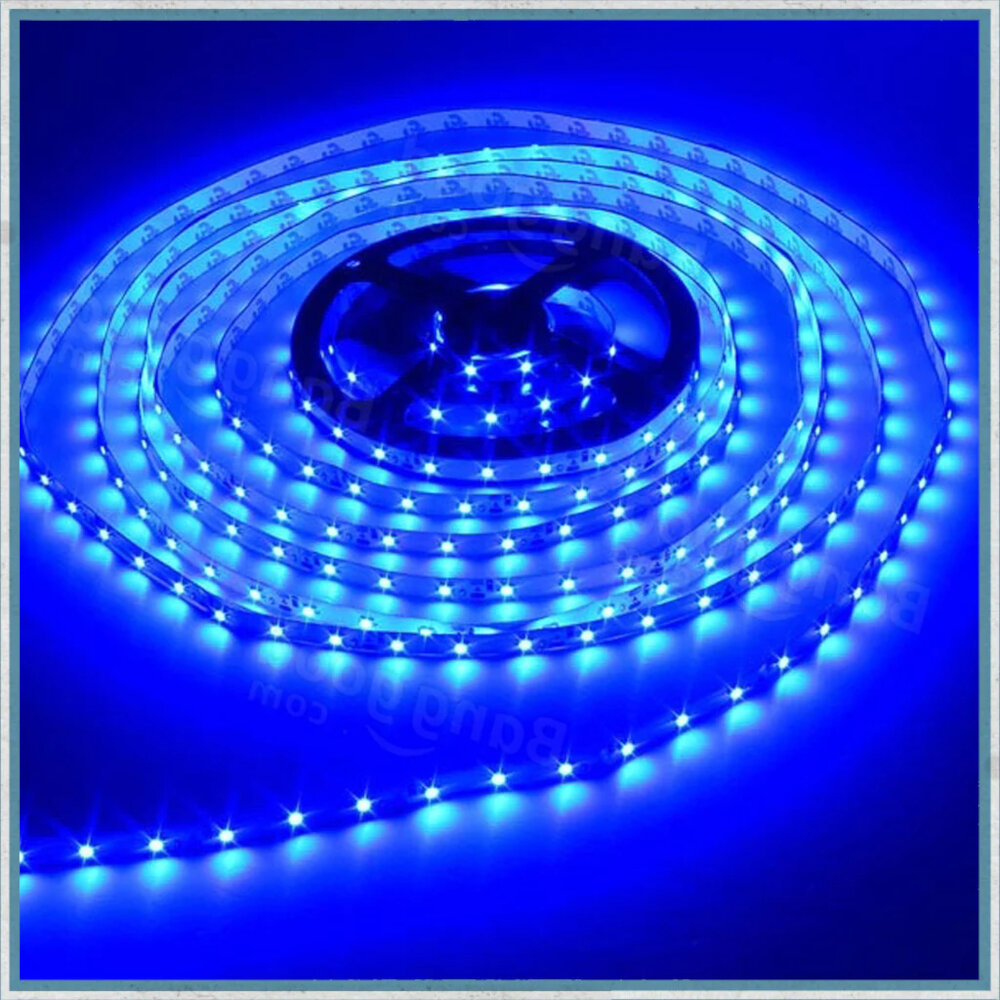
LED lights have become increasingly popular over the years due to their energy efficiency, long lifespan, and high-quality lighting output. However, one common issue that many LED light users face is flickering. LED lights flicker when they rapidly turn on and off, which can be an annoying and distracting problem. In some cases, LED light flickering can even cause headaches and eye strain. Therefore, it’s important to understand the causes of LED light flickering and how to solve this issue. There are several reasons why LED lights may flicker. One common cause is voltage fluctuations in the electrical system. Voltage fluctuations occur when there is a sudden increase or decrease in the electrical current flowing through the system. This can be caused by various factors, such as faulty wiring, electrical appliances, or even external factors like lightning strikes. Another cause of LED light flickering is the quality of the LED driver. LED drivers are responsible for regulating the electrical current flowing through the LED lights. If the driver is of poor quality or incompatible with the LED lights, it can cause flickering. Additionally, LED lights may also flicker due to overheating, which can happen when the LED lights are not properly ventilated or when they are exposed to high temperatures.
LED lights, or light-emitting diodes, are a type of lighting that has become increasingly popular in recent years due to their energy efficiency, longevity, and versatility. Unlike traditional incandescent bulbs, which use a filament to produce light and waste a lot of energy as heat, LED lights convert electricity directly into light, making them much more energy-efficient. They also last significantly longer than incandescent bulbs and can be used in a wide range of applications, from home lighting to electronics and even automotive lighting. However, despite their many benefits, LED lights can sometimes flicker, which can be annoying or even harmful to some people.
LED light flickering is a phenomenon where the light output from the LED source fluctuates rapidly, causing a visible flicker. This flicker can be caused by several factors, including voltage fluctuations, electromagnetic interference, and poor quality LED drivers. Voltage fluctuations can be caused by a variety of factors, including the use of dimmer switches, power surges, and electrical noise. Electromagnetic interference can also interfere with LED performance, causing flickering and other issues. Finally, poor quality LED drivers can cause flickering by not providing a stable and consistent power supply to the LED light source. In order to prevent LED light flickering, it is important to use high-quality LED drivers, avoid using dimmer switches, and ensure that the electrical wiring and power supply are properly installed and maintained.
Causes of LED Light Flickering
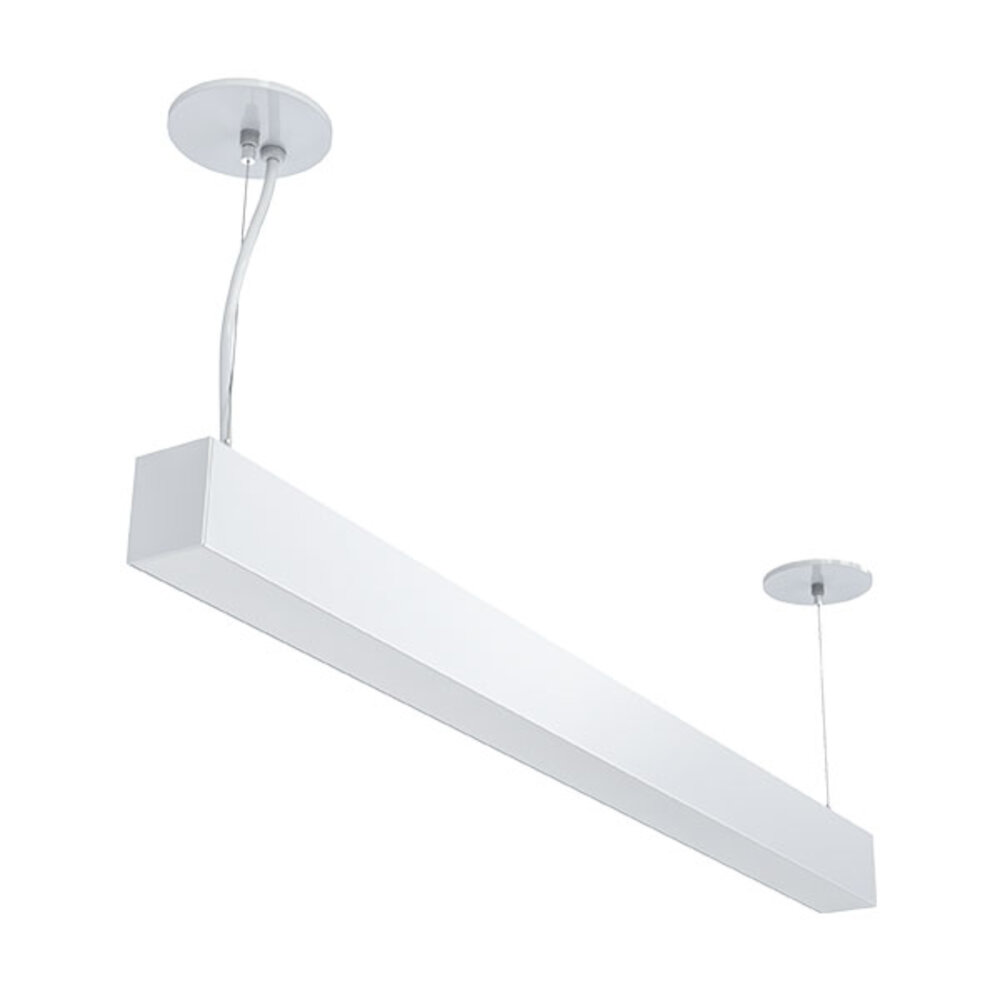
LED lights have become a popular choice for residential and commercial lighting due to their energy efficiency and long lifespan. However, one issue that can arise with LED lights is flickering. LED light flickering can be caused by a variety of factors, including voltage fluctuations, incompatible dimmer switches, or an issue with the LED driver. Voltage fluctuations occur when the voltage supplied to the LED light fluctuates, causing the light to flicker. This can happen when there are too many appliances or electronics on the same circuit, or when there is an issue with the electrical wiring in the building. Incompatible dimmer switches can also cause LED light flickering, as not all dimmer switches are designed to work with LED lights. Using a dimmer switch that is not compatible with LED lights can cause the lights to flicker or not work at all. Finally, an issue with the LED driver can also cause flickering. The LED driver is responsible for regulating the power supplied to the LED light, and if it is not functioning properly, the light may flicker. In addition to the above causes, LED light flickering can also be caused by electromagnetic interference or radio frequency interference. This interference can be caused by nearby electronic devices or appliances, such as microwaves or televisions. Environmental factors, such as temperature changes, can also cause LED light flickering. For example, if an LED light is installed in an area with extreme temperatures, such as a garage or attic, the temperature changes can cause the light to flicker. It is important to identify the cause of LED light flickering in order to find an effective solution. In some cases, simply changing the dimmer switch or moving electronic devices away from the LED light can solve the issue. In other cases, it may be necessary to replace the LED driver or rewire the electrical system in the building. By identifying and addressing the cause of LED light flickering, it is possible to enjoy the energy efficiency and long lifespan of LED lights without any issues.
Voltage fluctuations are a common occurrence that can cause LED lights to flicker. These fluctuations can be caused by a variety of factors, including power outages, electrical storms, and even fluctuations in the demand for electricity in the area. While voltage fluctuations are generally harmless, they can cause LED lights to flicker or even turn off completely. To prevent this from happening, it is important to use high-quality LED lights that are designed to withstand voltage fluctuations. Additionally, installing a voltage stabilizer or surge protector can help to regulate the voltage in your home or business and prevent these fluctuations from affecting your LED lights.
One of the main reasons for LED lights flickering is due to the use of incompatible dimmer switches. LED lights require a specific type of dimmer switch that is compatible with their electronics. Many traditional dimmer switches were designed for incandescent bulbs, which have a different voltage and power consumption than LED lights. When an incompatible dimmer switch is used with LED lights, it can cause flickering, humming, or even damage to both the switch and the lights. To avoid this issue, it is important to use a dimmer switch that is designed specifically for LED lights. This will ensure that the lights operate smoothly and without any flickering or other issues.
Loose wiring is one of the common reasons why LED lights flicker. A loose connection may cause the current to fluctuate, which results in the flickering of the lights. This is often caused by poor installation or overuse of the electrical system. Loose wiring can also lead to electrical shorts, which may cause permanent damage to the LED lights or even a fire hazard. It is essential to ensure that all wiring connections are tight and secure, and any damaged wires should be replaced immediately. Proper installation and maintenance of the electrical system can help prevent loose wiring and ensure that LED lights operate correctly without any flickering issues.
Overheating is a common issue that can cause LED lights to flicker. When LED lights are used for extended periods of time, they can generate a significant amount of heat. This heat can cause the LED chips to degrade over time, which can lead to flickering or even complete failure of the light. Additionally, overheating can also cause the power supply to malfunction, which can further exacerbate the problem. To prevent overheating, it is important to ensure that the LED lights are installed in a well-ventilated area and that they are not being used beyond their recommended operating temperature range. In cases where overheating is already occurring, it may be necessary to install additional cooling mechanisms, such as heat sinks or fans, to help dissipate the excess heat.
LED driver issues are a common cause of LED lights flickering. An LED driver is responsible for regulating the amount of power that flows into an LED light. If the driver is faulty or incompatible with the LED light, it can cause flickering. In some cases, the driver may not be able to supply enough power to the LED light, which can cause it to flicker or dim. On the other hand, if the driver supplies too much power, it can cause the LED light to overheat and eventually fail. Additionally, the quality of the LED driver can also affect the performance of the LED light. Lower quality drivers may be more prone to failure and can cause flickering or other issues. It is important to use high-quality drivers that are compatible with the specific LED light to ensure optimal performance and prevent flickering issues.
Solutions to LED Light Flickering
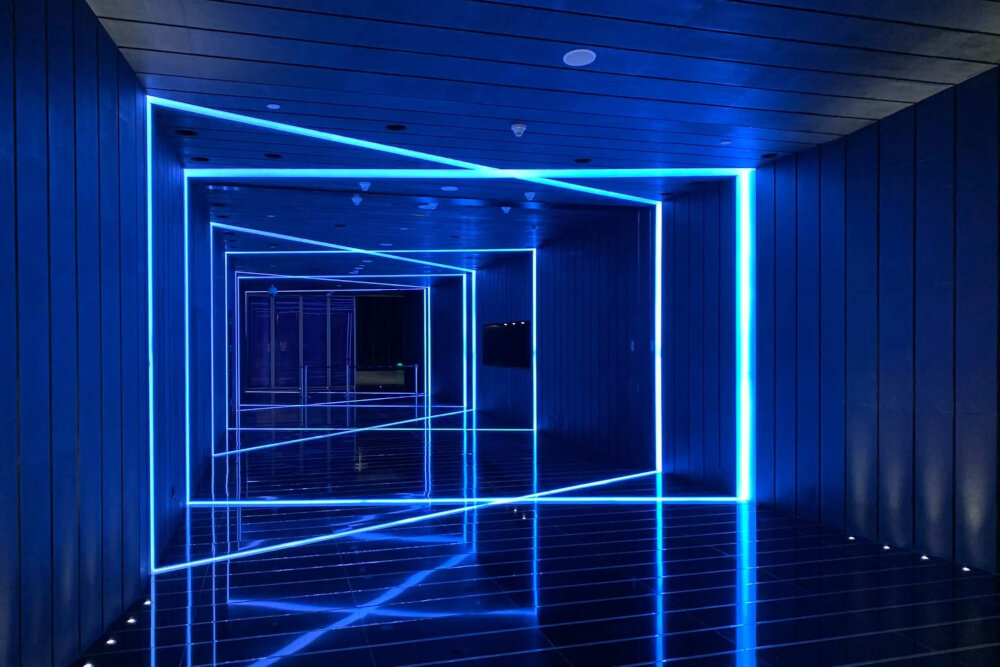
LED lights are widely used due to their energy efficiency, longevity, and bright illumination. However, they are not immune to flickering, which can cause headaches, eye strain, and disorientation. LED light flickering can occur due to numerous factors, such as voltage fluctuation, incompatible dimmer switches, or poor quality bulbs. Fortunately, there are several solutions to LED light flickering that can improve the lighting experience. One of the most effective ways to prevent LED light flickering is to install a voltage stabilizer or regulator. These devices smooth out the voltage spikes and dips, ensuring a stable and constant flow of electricity to the LED bulbs. Another solution is to replace the incompatible or outdated dimmer switches with LED-compatible ones. LED bulbs require special dimmer switches that are designed to work with low-voltage lighting systems. Using a standard dimmer switch can cause the LED light to flicker, strobe, or even turn off. Additionally, using high-quality LED bulbs is crucial to prevent flickering, as low-quality bulbs may have poor internal components that cannot handle the voltage fluctuations.
Installing voltage stabilizers can be an effective solution to address the flickering of LED lights. Voltage fluctuations can cause the LED lights to flicker, and voltage stabilizers can regulate the voltage supply to the lights. Voltage stabilizers come in different types and sizes, and it is essential to select the appropriate one that matches the power requirements of the LED lights. Furthermore, it is crucial to ensure that the voltage stabilizer is installed correctly and wired appropriately to avoid any electrical hazards. By installing voltage stabilizers, you can not only eliminate the flickering of LED lights but also extend their lifespan and improve their overall performance.
Using compatible dimmer switches is crucial to prevent LED lights from flickering. Traditional dimmer switches are designed for incandescent bulbs and work by reducing the amount of electricity supplied to the bulb. However, LED lights require a constant flow of electricity to function properly. Using an incompatible dimmer switch can cause the LED lights to flicker or even fail to turn on. To avoid this issue, it is important to ensure that the dimmer switch is compatible with LED lights. This can be done by checking the packaging or consulting with a professional electrician. Using a compatible dimmer switch can not only prevent flickering but also extend the lifespan of the LED lights.
When it comes to LED lights flickering, one of the potential causes could be loose wiring. Loose wiring can happen due to a variety of reasons, including vibration, wear and tear, or simply poor installation. However, it’s important to address this issue promptly, as loose wiring can cause more serious problems down the line, such as electrical shorts or even fires. Tightening loose wiring is a relatively simple fix that can be done with basic tools, such as pliers or a screwdriver. It’s also a good idea to check the wiring periodically to make sure it remains secure and tight. By doing so, you can help ensure that your LED lights remain stable and reliable for years to come.
While LED lights are a great choice for energy-efficient lighting, they do have a tendency to flicker, which can be frustrating for many people. One of the main causes of LED flickering is overheating, which occurs when the LED bulb is not properly ventilated. To prevent this issue, it is important to ensure that the LED bulbs are installed in a well-ventilated area. This can be achieved through a variety of methods, such as installing a fan or air conditioning unit, opening windows or doors, or using a ventilation system. By improving ventilation, you can help to prevent overheating and reduce the likelihood of LED flickering, ensuring that your lighting is both efficient and reliable.
Faulty LED drivers are a common cause of flickering LED lights. LED drivers are responsible for regulating the electrical current that powers the LED bulb. When a driver fails, it can cause the LED lights to flicker or even stop working altogether. Replacing faulty LED drivers is a simple solution to this problem. However, it is important to ensure that the replacement driver is compatible with the LED bulb and has the correct voltage and current ratings. It is also recommended to seek the assistance of a qualified electrician to ensure that the replacement is done safely and correctly. By replacing faulty LED drivers, you can ensure that your LED lights are functioning properly and avoid the annoyance of flickering lights.
Other Tips for Preventing LED Light Flickering
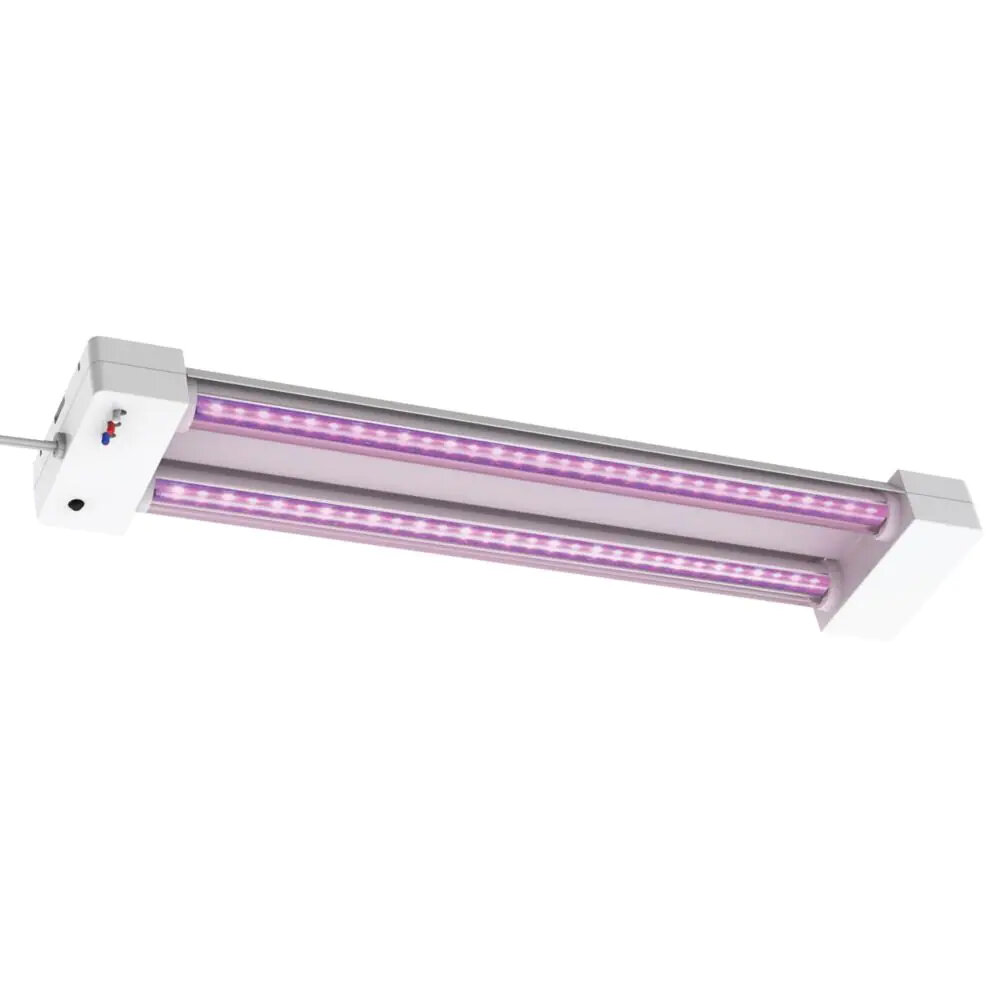
In addition to the aforementioned solutions, there are various other tips to prevent LED light flickering. One of the most effective measures is to install a voltage regulator or stabilizer. This device helps to regulate the voltage supplied to the LED lights, ensuring a stable and consistent supply of power. This can be especially useful in areas where voltage fluctuations are common, such as in older homes or in areas with an unreliable power supply. Another tip is to avoid using too many LED lights on a single circuit. Overloading a circuit can cause voltage drops, which can lead to flickering. It is recommended that you consult with an electrician to determine the proper number of LED lights that can be safely installed on a single circuit. Another solution is to use LED dimmer switches that are specifically designed to work with LED lights. Traditional dimmer switches may not be compatible with LED lights and can cause flickering or other performance issues. LED-compatible dimmer switches are designed to regulate the voltage and current supplied to the LED lights, ensuring that they remain stable and flicker-free. If you are installing new LED lights, it is important to use high-quality products from reputable manufacturers. Cheap or low-quality LED lights may not be designed to withstand voltage fluctuations or other electrical issues, which can lead to flickering or other performance problems. By following these tips, you can enjoy the benefits of LED lighting without having to deal with the annoyance and frustration of flickering lights.
When it comes to purchasing LED bulbs, low-quality products can cause flickering issues and other problems. To avoid this, it’s important to look for bulbs that meet high standards of quality and performance. This includes checking for certifications like Energy Star and ensuring that the bulbs are from reputable manufacturers. It’s also important to pay attention to the wattage and compatibility with your fixtures, as using the wrong type of bulb can cause flickering and other issues. By taking the time to research and invest in high-quality LED bulbs, you can avoid the frustration and inconvenience of flickering lights in your home or workspace.
Proper installation is crucial to ensure the optimal performance of LED lights. It is important to follow the manufacturer’s specifications and instructions during installation. Using the correct wiring and connectors, positioning the lights correctly, and avoiding overloading the circuit are a few key factors that need to be considered. Improper installation can lead to flickering, dimming, and even failure of the LED lights. It is recommended to seek the assistance of a professional electrician to ensure that the installation is done correctly. Taking the time to ensure proper installation will not only prevent issues but also extend the lifespan of the LED lights.
Regular cleaning of LED fixtures is essential to maintain their performance and longevity. Dust and dirt accumulation on the fixtures can cause flickering and reduce the brightness of the light. The cleaning process involves wiping the surfaces with a soft cloth or using a vacuum cleaner with a brush attachment to remove any debris. It is important to avoid using harsh chemicals or abrasive materials that can scratch or damage the fixtures. Additionally, cleaning the fixtures regularly can also help to identify any underlying issues and prevent further damage to the LED lights. Therefore, it is recommended to include regular cleaning as part of your LED maintenance routine to keep your lights shining bright and flicker-free.
When facing issues with flickering LED lights, it can be tempting to try and fix the problem yourself. However, it’s always best to consult with a professional electrician. They have the knowledge and expertise to diagnose the root cause of the flickering, whether it be a faulty fixture, wiring issues, or incompatible dimmer switches. Additionally, attempting to fix electrical problems without the proper training and tools can be dangerous and even lead to further damage. By consulting with an electrician, you can ensure that your LED lights are properly installed and functioning safely and efficiently.
LED light flickering can be caused by various factors such as voltage fluctuations, poor wiring, incompatible dimmer switches, and overheating. These causes can result in an unpleasant lighting experience, eye strain, and even headaches. However, there are solutions to prevent LED light flickering. One solution is to use high-quality LED bulbs that are compatible with the electrical system and dimmer switches. Another solution is to ensure proper wiring and avoid overloading circuits. Additionally, installing voltage stabilizers and heat sinks can prevent voltage fluctuations and overheating, respectively. By addressing the causes of LED light flickering with these solutions, one can ensure a stable and comfortable lighting experience.
The importance of addressing flickering issues promptly in LED lights cannot be overstated. Flickering can cause discomfort and eye strain, leading to reduced productivity and even health issues. Additionally, flickering can also indicate a problem with the electrical circuit or the LED driver, which can compromise the performance and longevity of the LED light. It is crucial to identify the root cause of flickering, whether it is due to voltage fluctuations, outdated wiring, or a faulty LED driver, and take action to resolve it promptly. Failure to do so can result in reduced energy efficiency, increased maintenance costs, and potential safety hazards. Therefore, it is essential to prioritize the prompt resolution of flickering issues to ensure the proper functioning of LED lights.
Conclusion
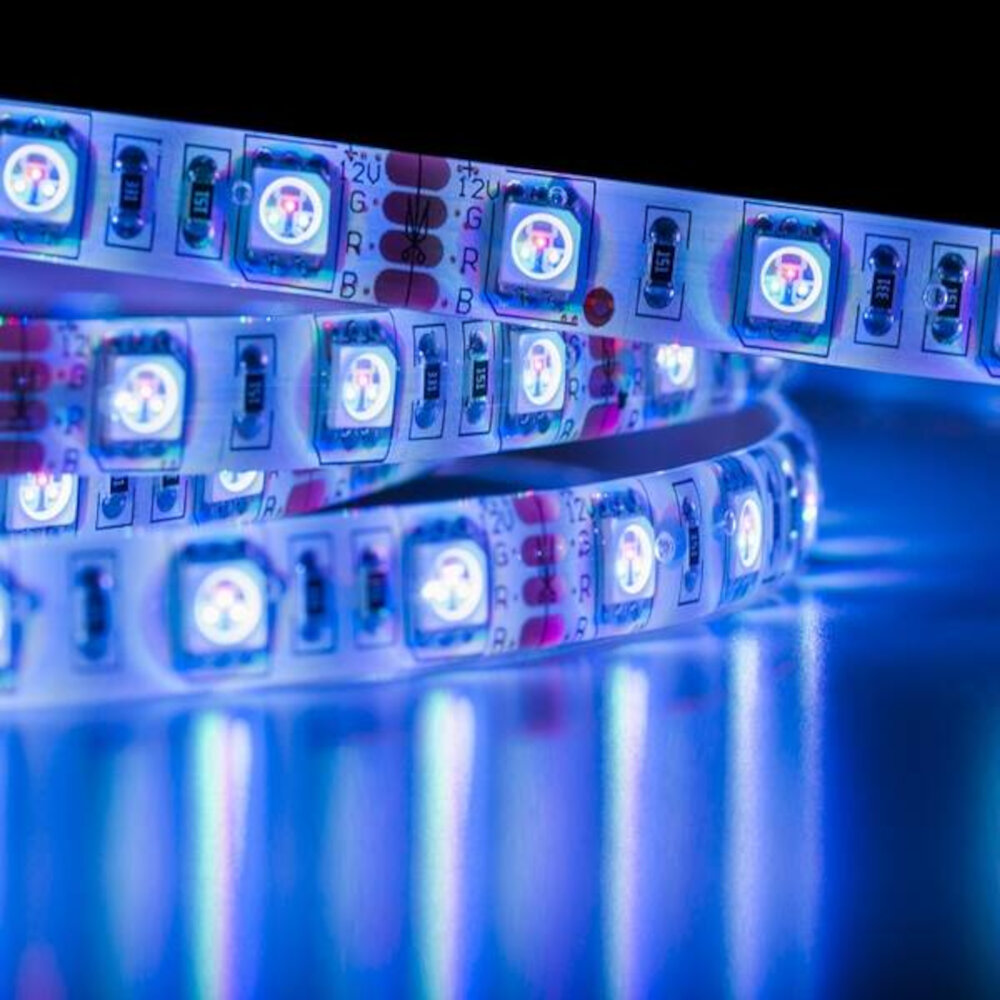
In conclusion, LED lights flickering can be caused by a variety of factors, including voltage fluctuations, incompatible dimmer switches, and poor quality LED drivers. It is important to identify the root cause of the flickering in order to implement an effective solution. Some solutions include using a voltage stabilizer, upgrading to compatible dimmer switches, and using high-quality LED drivers. It is also important to note that flickering LED lights can not only be annoying, but they can also have negative health effects on individuals with certain medical conditions. Therefore, taking the necessary steps to eliminate flickering LED lights is crucial for both comfort and well-being.




